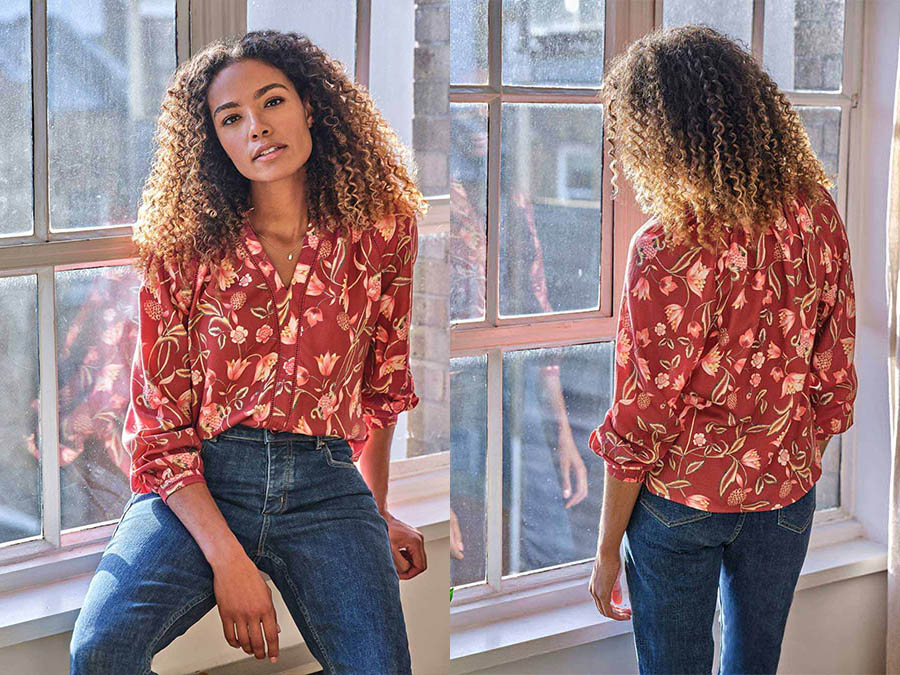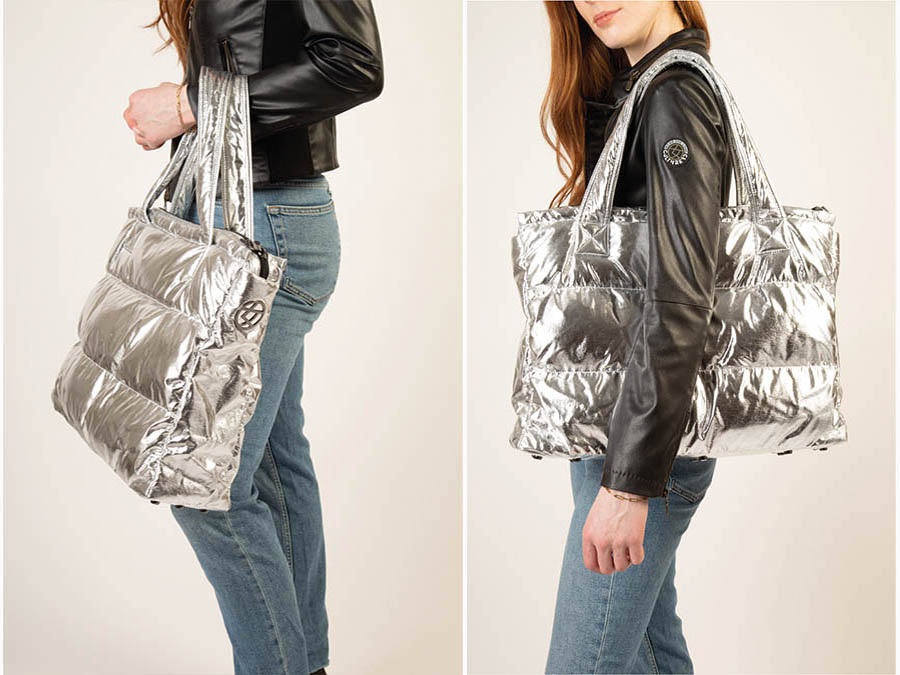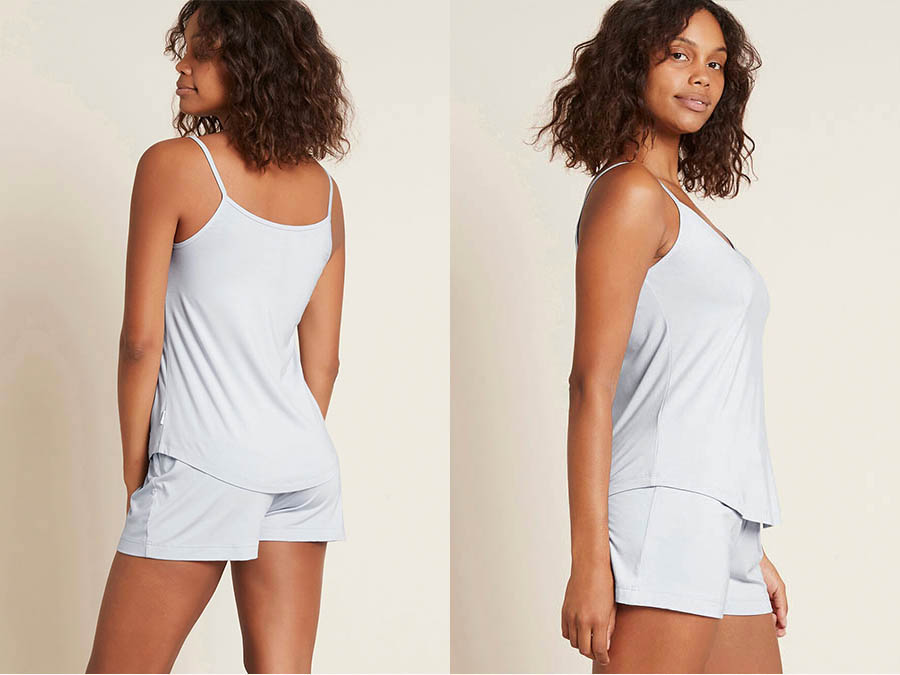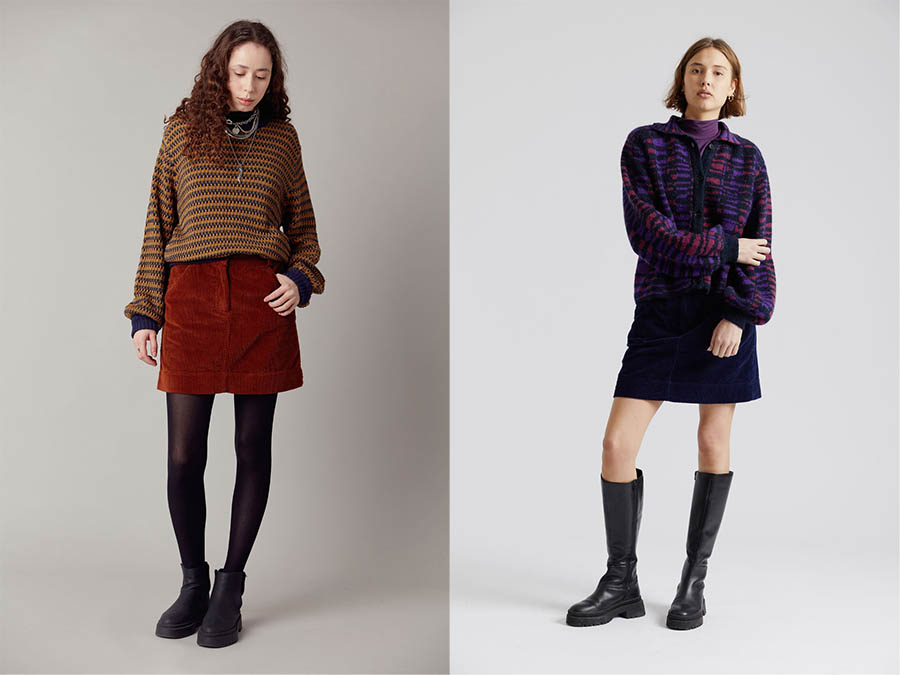Tips to Buying Sustainable Shoes
Buying sustainable ladies’ shoes is a great choice if you want to minimise your environmental impact and support ethical practices in the fashion industry.
Here at sustainablefashion.ie we show you simple steps to help you purchase sustainable women’s shoes.
1. Research Sustainable Brands
Start by researching and identifying sustainable shoe brands that align with your values. Look for brands that prioritise eco-friendly materials, ethical production processes, and fair labour practices. Some well-known sustainable shoe brands include Allbirds, but there are many others to explore.
2. Check Materials
Sustainable shoes are typically made from eco-friendly materials. Look for options made from recycled materials, organic cotton, Tencel, hemp, or sustainable leather alternatives like Piñatex (made from pineapple fibers) and mushroom leather (mycelium). Avoid shoes made from PVC, synthetic leather, and other harmful materials.
3. Eco-Friendly Production
Investigate a brand’s production process. Sustainable brands often use ethical and eco-friendly manufacturing practices, such as minimising waste, reducing water usage, and ensuring fair wages for workers. Certifications like Fair Trade and B Corp can be good indicators of responsible practices.
4. Transparency
Look for brands that are transparent about their supply chain and production methods. They should provide information about where their materials come from and how their products are made.
5. Quality and Durability
Sustainable shoes are typically designed to be durable and long-lasting, reducing the need for frequent replacements. Choose shoes that are well-constructed and made to withstand wear and tear.
6. Versatility
Opt for versatile shoe styles that can be worn in various settings and with different outfits. This can help you get the most use out of your sustainable shoes.
7. Second-Hand or Vintage
Consider buying second-hand or vintage shoes, as this is a sustainable way to shop. Thrift stores, consignment shops, and online marketplaces can be great places to find pre-owned sustainable footwear.
8. Size and Fit
Ensure the shoes fit properly to prevent discomfort and the need for replacements. Some brands also offer custom or made-to-order options for a better fit.
9. Look for Certifications
Some certifications, like the Global Organic Textile Standard (GOTS) or the Leather Working Group, can verify that the materials used in the shoes meet specific sustainability and environmental criteria.
10. Read Reviews
Check customer reviews and ratings for insights into the comfort, quality, and durability of the shoes you’re interested in.
11. Support Local Brands
Buying from local, small-scale shoe designers and makers can often be a sustainable choice, as they may use local materials and support the community.
12. Proper Care
Once you’ve purchased sustainable shoes, take good care of them by cleaning and maintaining them to prolong their lifespan.
Remember that sustainability is a complex issue, and there may be trade-offs. For example, shoes made from natural materials may require more care and could be less resistant to extreme weather conditions. Ultimately, it’s about finding a balance that aligns with your values and lifestyle.
How to Environmentally Clean Ladies Shoes
Cleaning ladies’ shoes in an environmentally friendly way is a great choice for those who want to minimize their impact on the environment. Here are some eco-friendly methods for cleaning women’s shoes.
1. Brush Off Dirt and Debris
Before you start any cleaning, remove loose dirt and debris from the shoes by gently brushing them with a soft-bristle brush. This helps prevent abrasive particles from scratching the shoe’s surface.
2. Use Natural Cleaning Solutions
- Vinegar and Water: Mix equal parts of white vinegar and water in a bowl. Dip a cloth or soft brush into the solution and gently clean the shoe’s surface.
- Baking Soda and Water: Make a paste by mixing baking soda and water. Apply the paste to stained areas, let it sit for a while, and then gently scrub with a soft brush.
- Castile Soap: Dilute a small amount of liquid castile soap in water and use a cloth or soft brush to clean the shoes.
3. Spot Cleaning for Stains
For specific stains like scuffs or marks, you can use a small amount of the cleaning solution and a soft cloth to spot clean the affected area. Gently rub the stained area in a circular motion.
4. Rinse Thoroughly
After cleaning, use a clean, damp cloth to wipe away any residual cleaning solution. Make sure there is no soap or vinegar left on the shoes.
5. Air Dry
Allow the shoes to air dry naturally in a well-ventilated area. Avoid using a hairdryer or direct heat sources as they can damage the material.
6. Condition Leather
If you are cleaning leather shoes, it’s a good idea to condition them afterward to keep the leather supple. Use a natural leather conditioner and follow the product’s instructions.
7. Polish (if necessary)
If you have leather shoes that require polishing, choose a natural and eco-friendly shoe polish. Beeswax-based shoe polish is a good choice. Apply a small amount, let it sit, and then buff the shoes with a clean cloth.
8. Repurpose or Donate
If your shoes are beyond repair or you no longer want them, consider donating them to a thrift store or repurposing them in creative ways to reduce waste.
9. Maintain Regular Cleaning
To extend the life of your shoes and reduce the need for deep cleaning, make it a habit to clean and care for them regularly. This prevents the build-up of dirt and stains.
10. Eco-Friendly Cleaning Products
If you prefer using commercial cleaning products, look for environmentally friendly and non-toxic shoe cleaners. Many companies now offer eco-friendly shoe cleaning solutions.
And Finally
Remember that the specific method you use will depend on the material of the shoes. Always check the care instructions on the shoe label or manufacturer’s website to ensure that you’re using the appropriate cleaning methods for that particular material.






